The first time I heard of Cherrapunjee was in school when I learned that it is the location with the most rainfall in the world. Evidently, I was pleased to learn that India was home to such a location. And ever since, I’ve wanted to go to the “wettest location in the world.” Among the various attractions in Cherrapunjee (sometimes referred to as Sohra), the waterfalls nearby have long been my favourites. Eventually, the nearby city of Mawsynram surpassed Cherrapunjee as the world’s wettest location.
Cherrapunjee lived up to its reputation, greeting us with such dense fog that we could only see a few feet in front of us. The continuous downpour was intensifying the moody atmosphere of the evening. Our place to stay was pretty far from town, but it had a beautiful view of Dainthlen Falls from the window, but unfortunately, it was disguised by fog most of the time. As expected, the rain returned in the morning, but we had to get up early because the day was set aside for seeing some waterfalls and hunting for local authentic Khasi cuisine. While we waited for the skies to clear, we had breakfast and two cups of hot tea.
Exploring nearby waterfalls
We started with the Wei Sawdong waterfall, which was only 5 minutes from our homestay. This three-tiered waterfall is the most beautiful one in Meghalaya. To get there, we had to walk down steep rocks and tree-root stairs which were slippery due to rain.
Dainthlen Waterfall was also 5 minutes from our homestay. Here, you can get to the top of the waterfall, but you’ll need to cross the stream to see the whole thing. We skipped this waterfall because we could always see it from our room. Instead, we went towards Laitduh to explore some less well-known waterfalls.
Since morning, the clouds have been playing hide and seek. In the morning, it rained, but by noon, the clouds had gone away and the sky was a perfect blue. The road was also less busy, so we could see the valley on one side and a lush green forest on the other. There are many small waterfalls in the area. All you have to do is to park along the road and follow the trail to them. Most of these trails are well-marked, so it’s unlikely to get lost. Just to name a few, there are the Prut waterfall, the Janailar waterfall, and the Lyngksiar waterfall.
Garden of Caves
The Garden of Caves, or Ka Bri Synrang as it is known in the Khasi language, was our next stop in Cherrapunjee. The place is surrounded by misty hills and dense forests, and it has a number of beautiful waterfalls, small ponds, and magical caves. As soon as you get your ticket and start walking down the stairs, the sound of the water will start to entice you. The trail inside takes you to seven interesting places: Ka Synrang Syiem, or the King’s cave, Sum Syiem Falls, Ki Stieh Maw, or the warrior rocks, U Mawdohnud, or the heart-shaped rock, U Mawkhyllung, or Baby rock, Arsdad Falls, and Riat Umlwai Falls. The bamboo bridges at the entrance of the garden are a great place to get a close-up look at the waterfalls and also to get a good view of them. During British rule, it is said that the Khasi tribe of Meghalaya would hide in the caves to avoid being attacked by British soldiers. They used to stay in these caves when it rains heavily, and the dense forest around the caves gave them food and other things they needed.
Caves of Meghalaya
We couldn’t find a good hotel with Khasi food in the area, so we had to settle for Bengali food because we were eager to get to our next stop. Meghalaya’s well-known caves at Arwah. Meghalaya is also home to some longest and deepest caves in India. Most of the caves are of limestone with almost no natural light inside them. We felt like we had visited the “Dwarf Kingdom under the mountains” when we stepped inside Arwah cave. The cave’s layout is a confusing maze; one moment you’ll be walking beneath a high cave ceiling, and the next you’ll be squeezing through a tight path that leads to other areas. Most of the cave is off-limits to visitors, but after walking through it for half an hour, you’ll have a good sense of its depth and length.
Another cave near Cherrapunjee that is easy to explore is Mawsmai cave. The cave is also known for its fossils, which you can see if you look closely at the formations and walls.
More Waterfalls
We went to the Noh Ka Likai waterfall after spending almost two hours in the caves. It started to rain again, and we were always going through clouds. When we got to the lookout, we were very disappointed because we could barely see anything. We decided to wait a little longer and went shopping for souvenirs made by the Khasi people out of bamboo. But the god of nature was in a good mood that day, and he was generous to us. Suddenly, the clouds cleared away, and a beautiful waterfall appeared in the distance. If you happen to be travelling during the monsoon, you really must stop by the Seven Sisters or Noh Sngi Thiang waterfall. It is one of the most magnificent waterfalls in India. The waterfall was dry because it was winter, so we didn’t bother going there. Back at the homestay where we were staying, home-cooked Khasi food was waiting for us. We also wanted to get some rest before the long hike the next day.
Nongriat Trek
Another Meghalayan attraction that we were eager to visit was the Double Decker Living Root Bridge. Some of life’s most rewarding vistas are worth every aching muscle and sweaty brow. The Nongriat Trek involves a roughly 3500-step ascent and descent to reach the Double Decker Living Root Bridge. Ever since I learned about them, I’ve been curious about the live root bridges of Meghalaya. I was always curious about how these root bridges came to be. I had always believed that the only places you could find living root bridges were in Nongriat, close to Cherrapunjee, and Riwai, close to Mawlynnong. To my surprise, though, root bridges can be found all around Meghalaya. The indigenous people of Meghalaya mostly used tree roots to construct these bridges across rivers, which they then tied, twisted, and eventually let to grow together. As long as the tree the root bridges are a part of is growing, the root bridges will too. Living root bridges are incredibly sturdy once they have been formed and only get stronger over time. Many of them can withstand the weight of 50 persons standing on them together. These living, expanding bridges strengthen over time. Many of Meghalaya’s root bridges are over 400 years old.
The trek starts in a small village near Cherrapunjee called Tyrna. From Tyrna, you have to walk almost 3,500 steps to get to the village of Nongriat. To get into the area with the root bridge, there is a small ticket counter. Everything there was so peaceful and beautiful. We felt so peaceful just sitting there by the river. In an instant, we were no longer tired at all. We got Maggie and tea from a store nearby and sulked for a while in the quiet. We stayed there for about an hour before deciding to cross the Nongriat Double decker root bridge and keep walking towards Rainbow Falls. You can go to Rainbow Falls the next morning if you are staying in Nongriat. But since we had time and the whole day, we chose to go on the same day. From the root bridge, it takes another two hours to get to rainbow falls. You can stop for a while at the Blue Lagoon of Nongriat. When the sun is shining, the water really does look turquoise blue. But save your strength for the next part of the hike, when you have to climb a small hill to get to the beautiful Rainbow Falls. No words can describe that scene. We went back to Nongriat, where we were staying in one of the Khasi homes, with a heavy heart. The host was very nice and cooked us tasty food.
Mawphlang Sacred Groves
We left Nongriat early in the morning, but to get to Tyrna and start our way back to Shillong, we had to climb 3500 steps. Due to the humid weather, it took almost 3 hours to climb. After two days of adventure, we were completely worn out. But it was a great experience and well worth it. We decided to stop at the interesting place the Sacred Groves of Mawphlang on our way back to Shillong. The land and forests are part of Khasi customs and traditions for a very long time. This place was no exception to that. You are not allowed to enter the forest without the locals and the person will make sure to explain things and tell you stories from history to get you thrilled. No one is allowed to take anything out of this sacred forest, not even a rock or a branch. The sacred groves are more impressive because of the tree canopy overhead, the soft humus beneath your feet, and the pure jungle ambience. The forest is home to more than just rare trees, plants, and mushrooms; it also contains ancient coronation and sacrificial grounds. New Khasi chiefs were coronated and meetings of the royal family and ceremonial leaders were held here. Sites are marked by monoliths, which stand as solemn monuments to a more noble era even today.
Evening walk in Shillong
We made it to Shillong in the early evening and decided to spend the night there to see as much of the city as possible before leaving this beautiful and peaceful location the following morning. We returned to Police Bazaar for more shopping and street food. After exploring for a while, we returned to the same cosy cafe for some hot soup and rocking tunes. In spite of the fact that we were on our sixth and final day in Meghalaya, we knew we wanted to come back for more. The Khasi people, the waterfalls, the caves, the markets, and the Khasi food all made for an unforgettable experience. Pure, unspoiled nature.


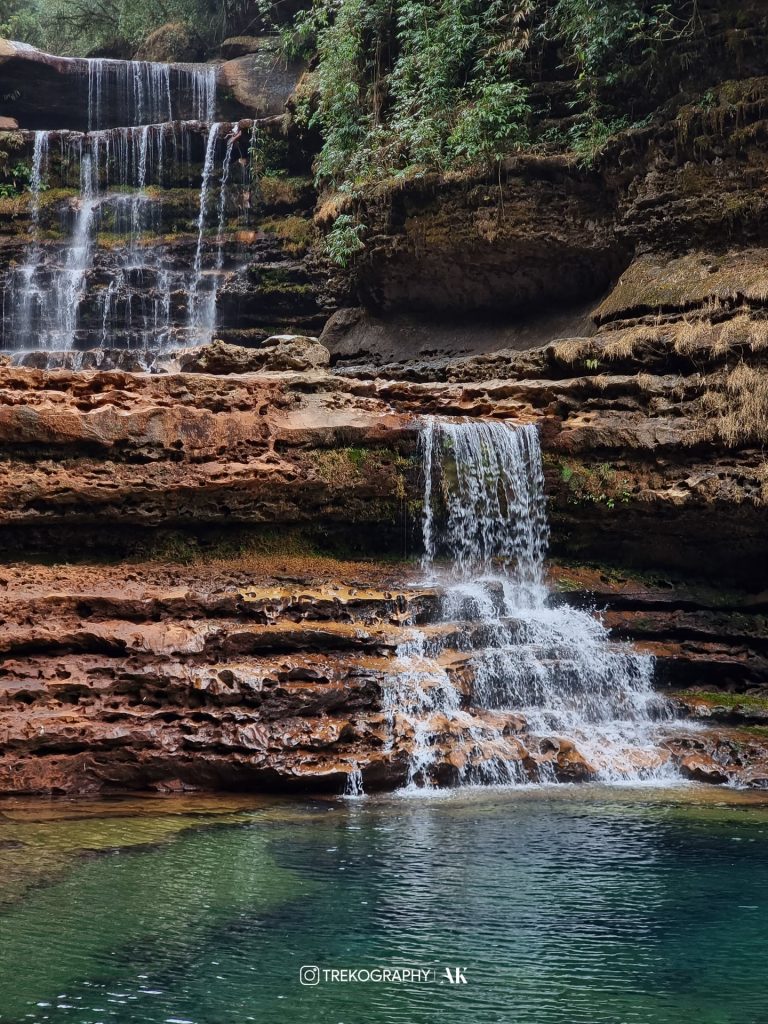

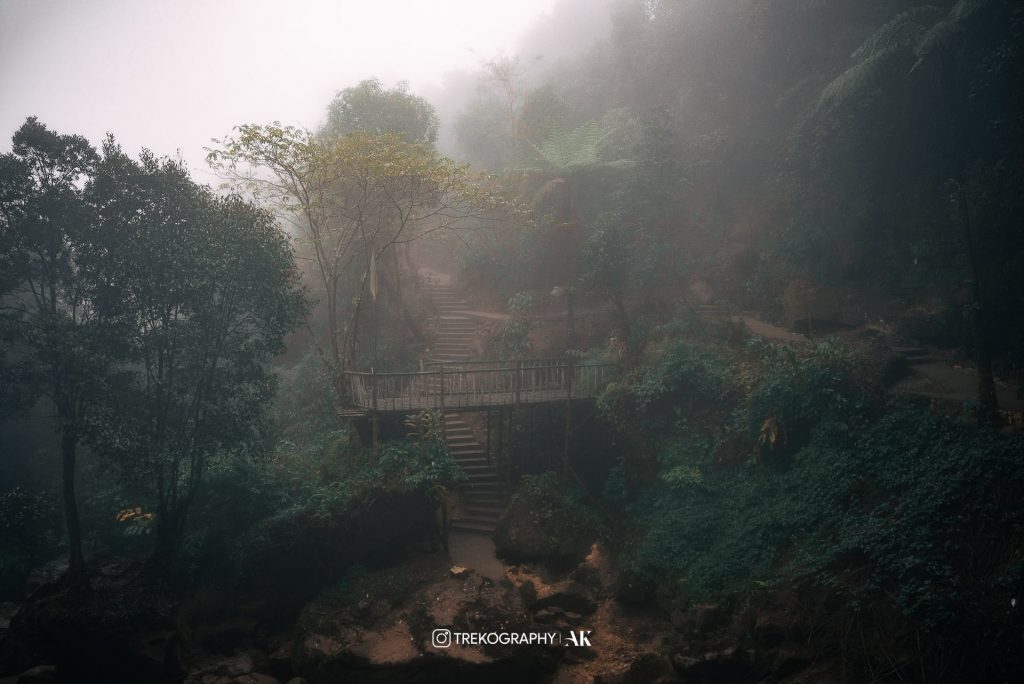
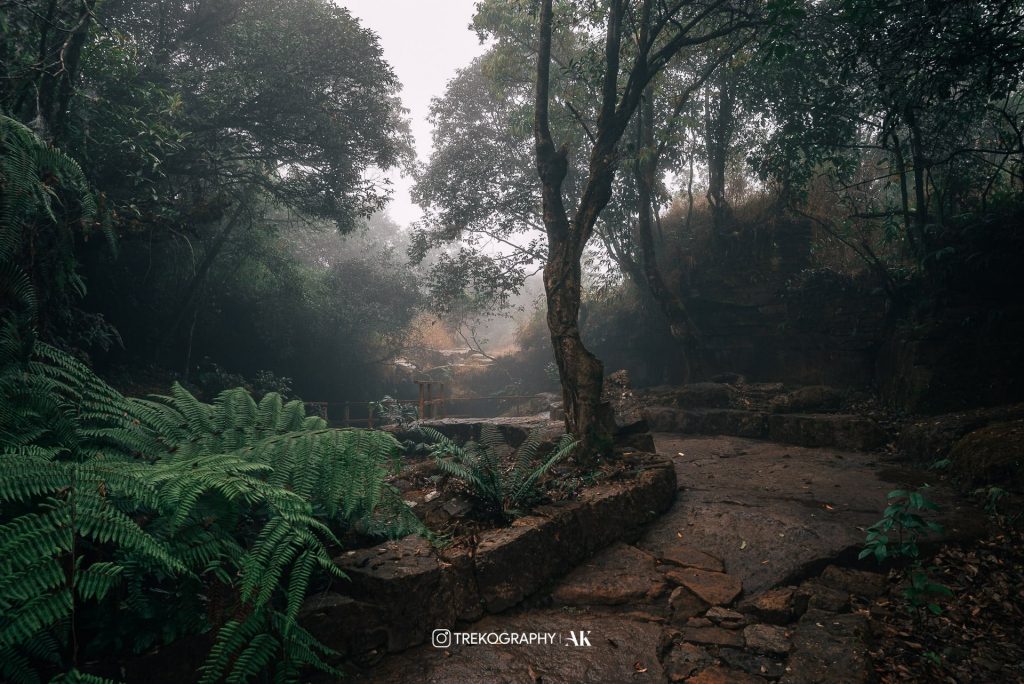
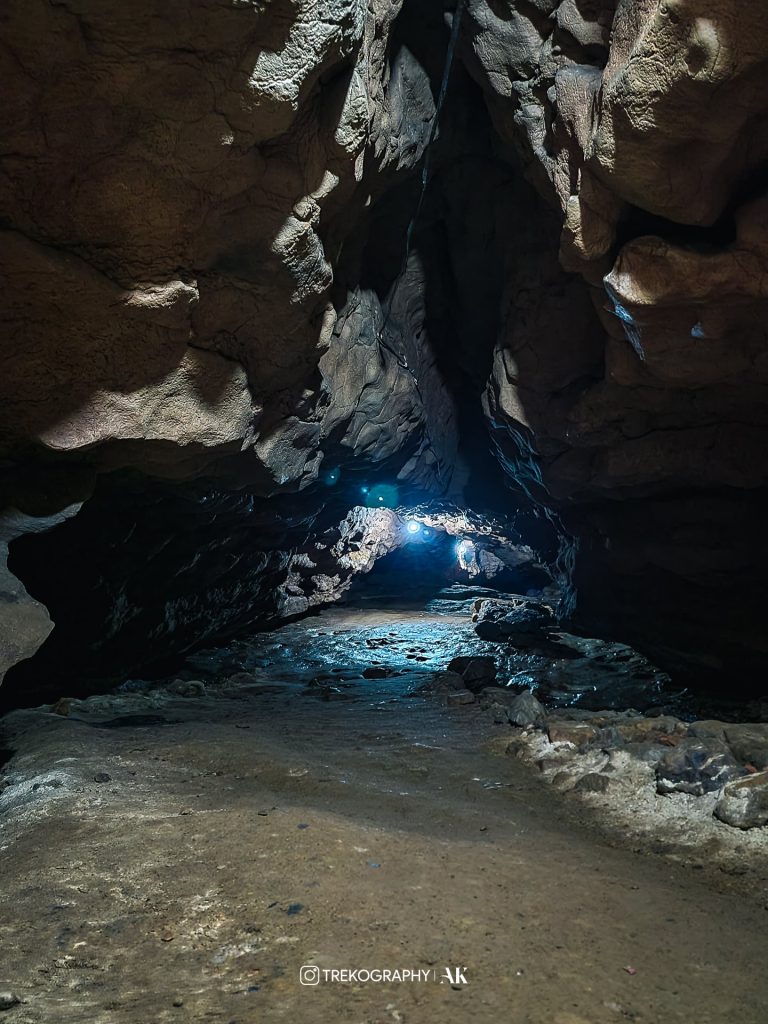
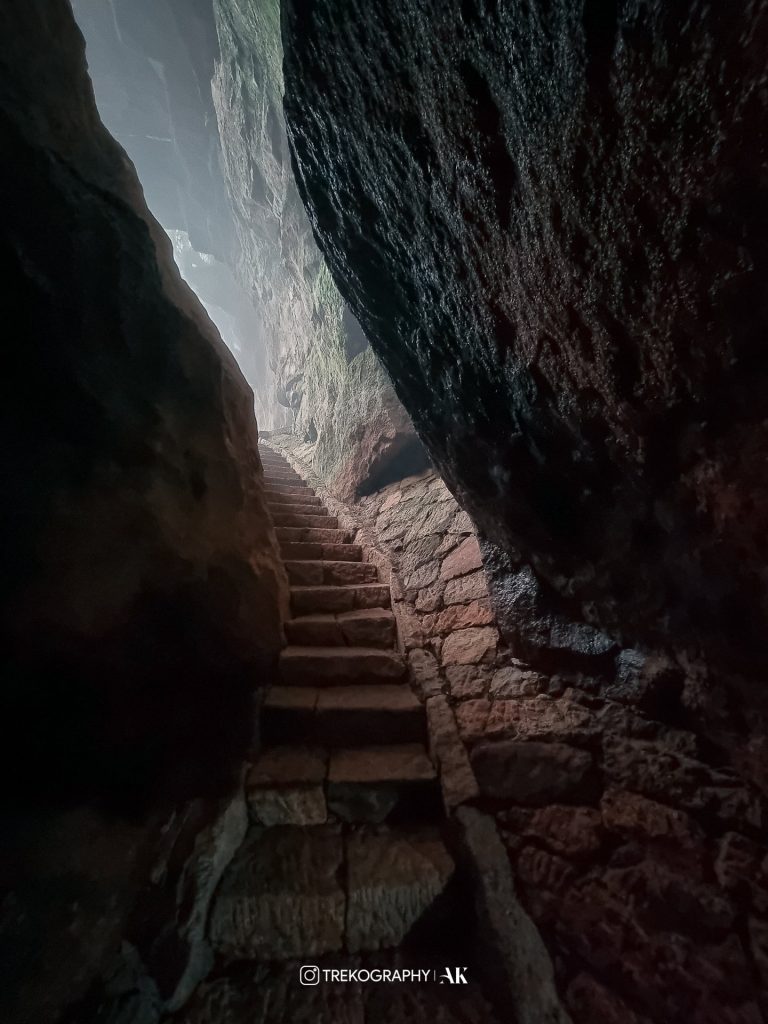
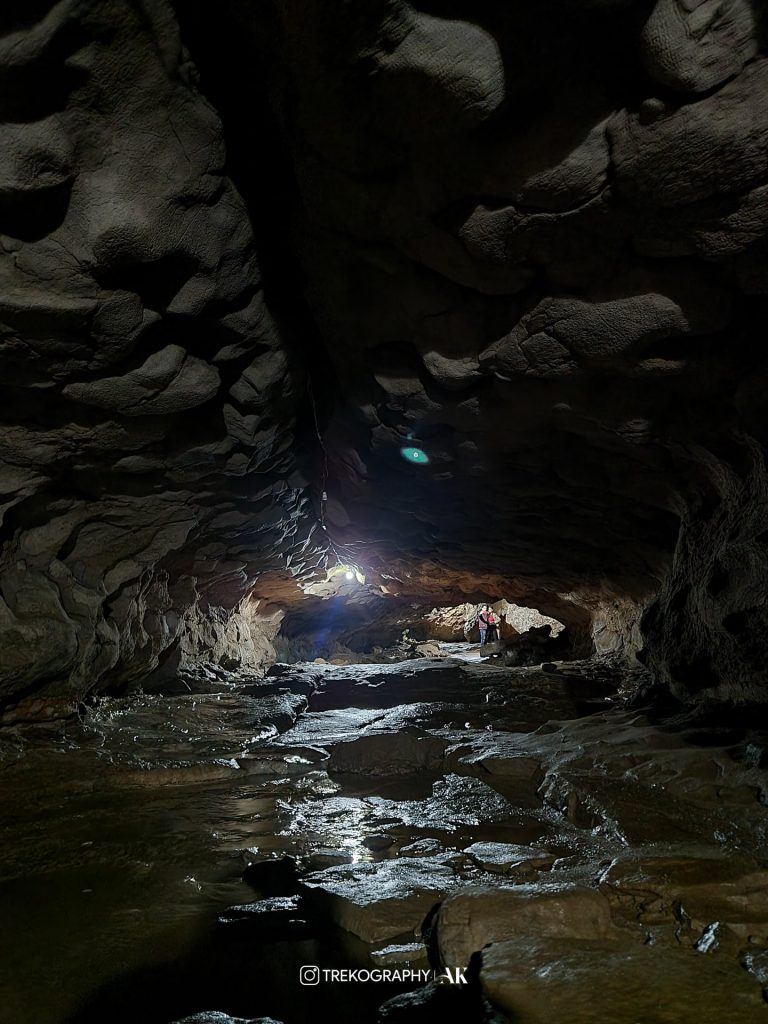
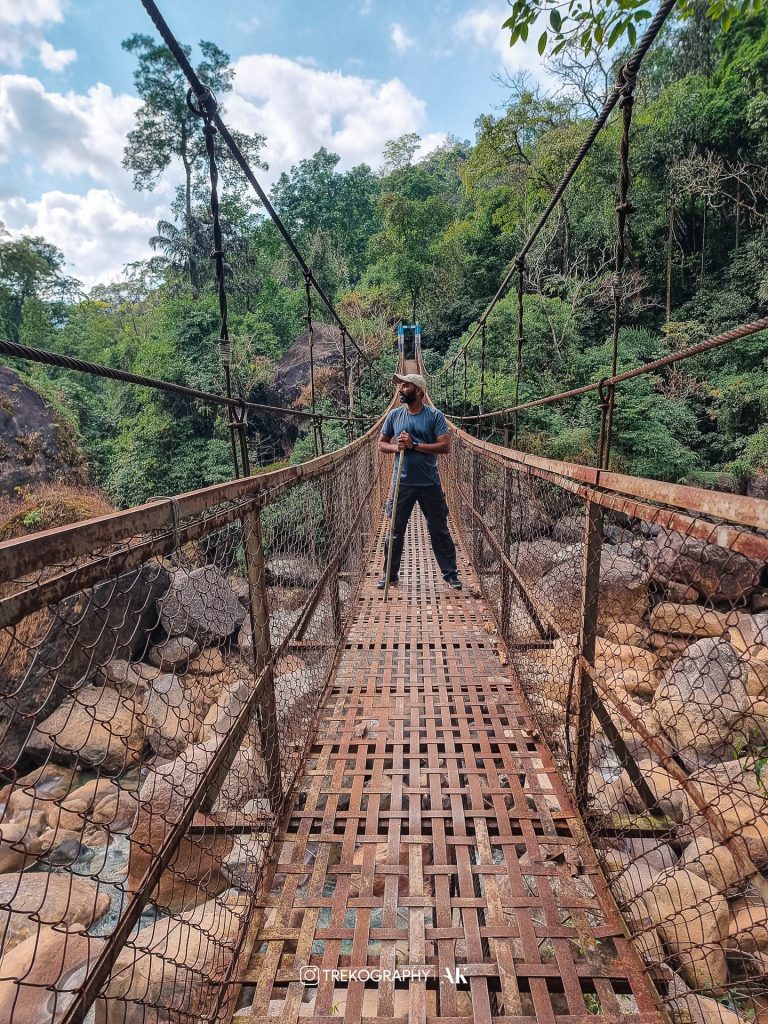


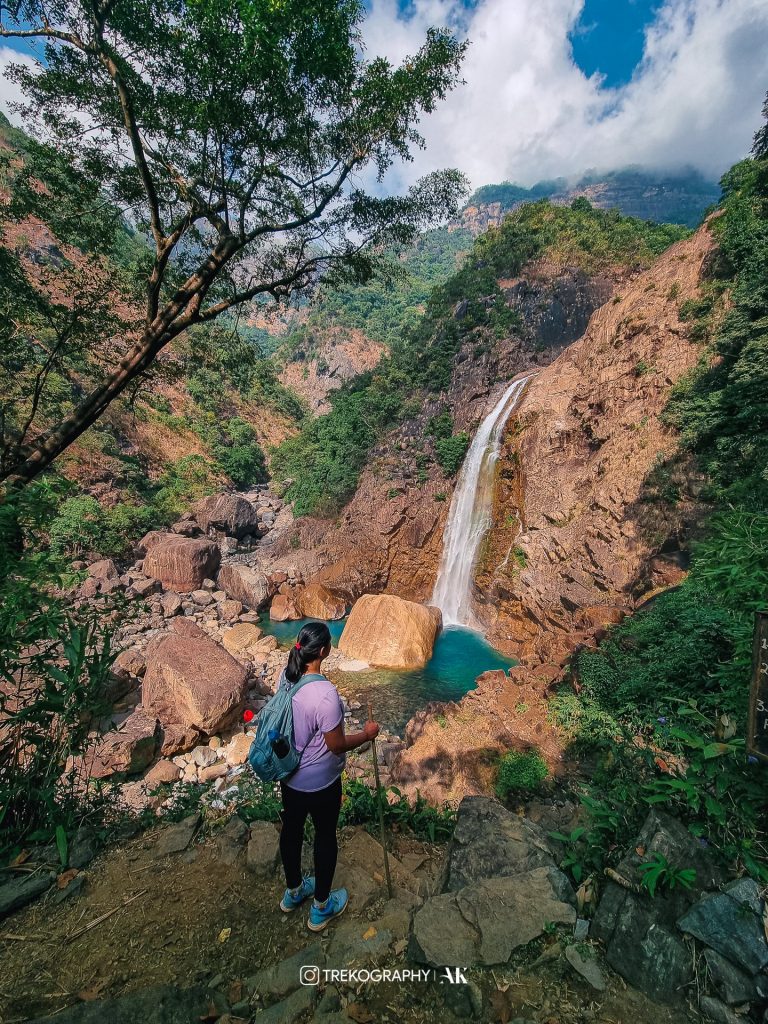





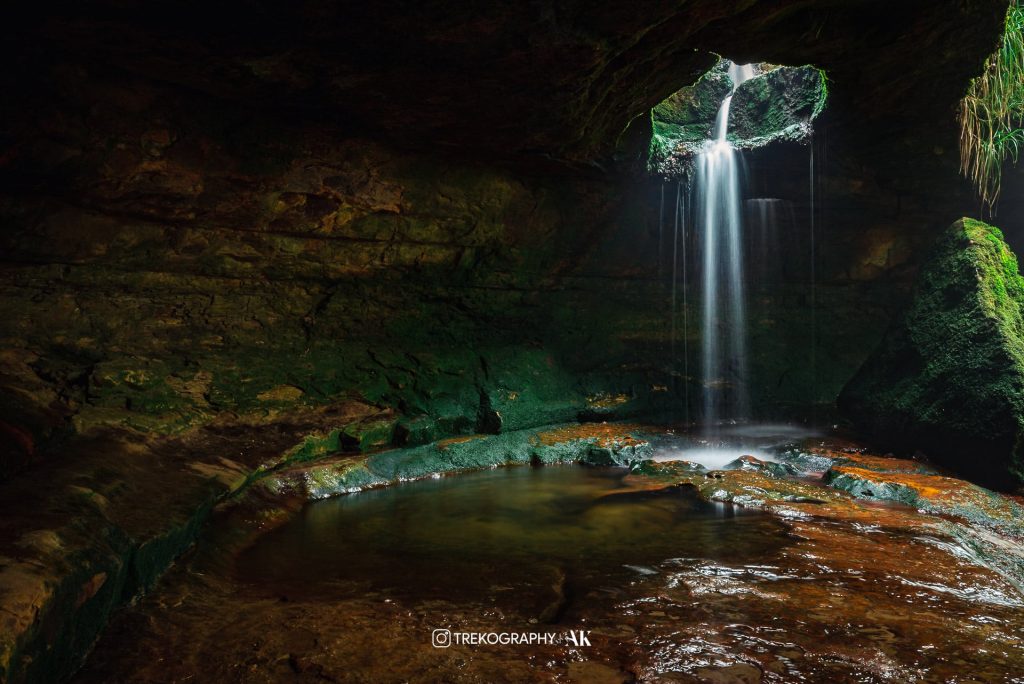

Reply